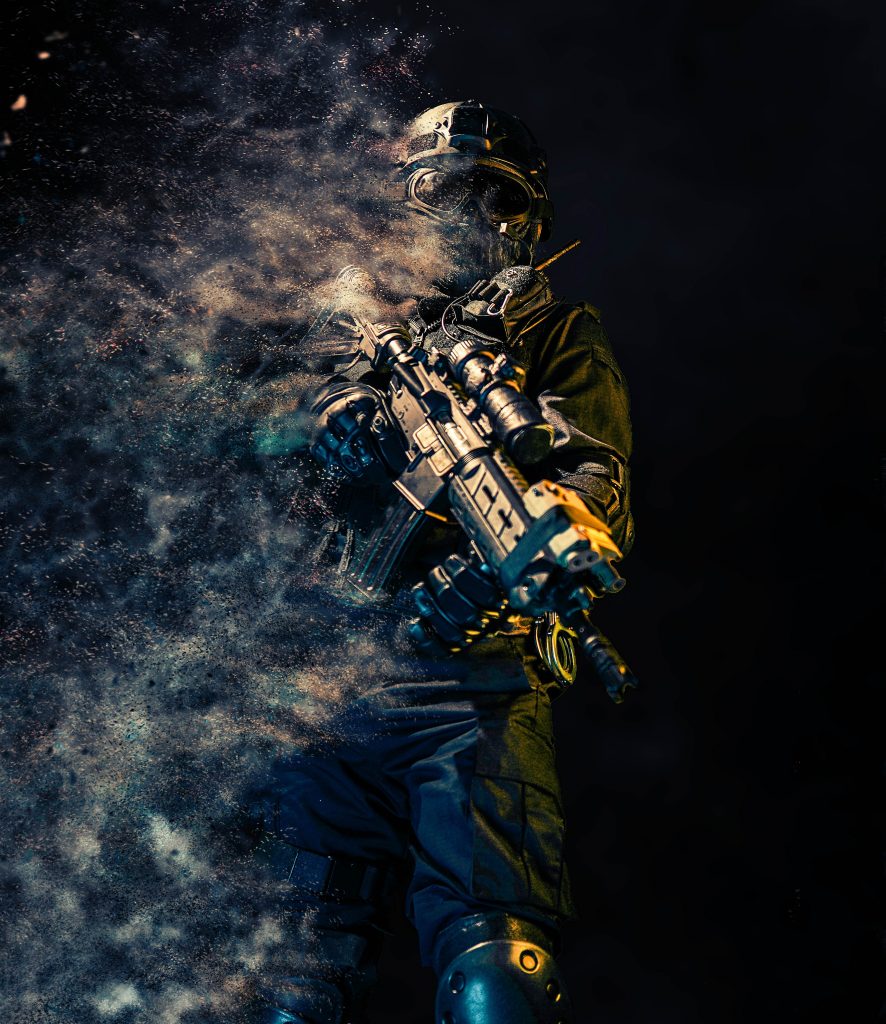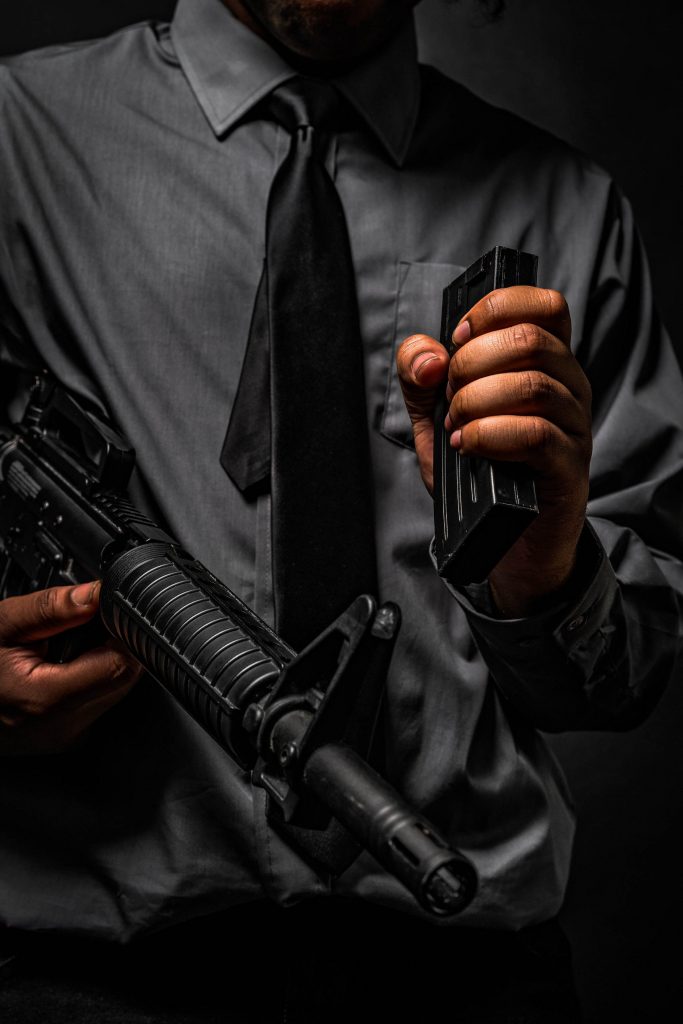
When it comes to a survival scenario, you will need a reliable firearm. A threatening situation will be a dangerous moment for you and your loved ones, so you must be ready to protect them. As such, you need the necessary tools to achieve this purpose, and the undeniable weapon of our time is a gun. However, selecting the right gun suitable for your situation can be overwhelming, given that there are several options in the market.
Arguably, there is no one best survival firearm because every disaster scenario is different. Some people may want a gun for home defense or hunting, while others will need it for target shooting. Whatever your situation is, check out our top gun choices for survival scenarios.
Glock 19
The Glock 19 pistol in 9mm is one of the greatest firepowers in the market, with a full-size G17 polymer frame and compact G19 slide for resistance to the elements. This handgun is more versatile than other models and allows for quick and accurate shooting. What is more, Glock 19 pistols are easy to operate, maintain, and highly effective. With the Glock 19 model, you don’t have to worry about finding magazines or spare as they are popular and found everywhere.
This firearm is about 5.94 inches long with a barrel length of 4 inches and a trigger pull of 5.8 pounds. It also comes with a 17/19 magazine capacity; one magazine loader, four interchangeable back-straps, a cleaning rod, and one bore brush, all packed in a coyote hard case.

Mossberg 500 FLEX JIC
The Mossberg 500 FLEX JIC (Just in Case) is the best modular shotgun ever made for self-defense. This pump-action machine is highly effective and reliable, providing outdoor enthusiasts and homeowners a way to tackle deadly situations. The Mossberg 500 FLEX JIC comes with a FLEX system to ensure versatility and high performance – you can swap barrels, fore-ends, and stocks to suit your requirements.
It is also considered one of the most comforting guns to be carried in a ‘just in case’ moment. Its full grip helps facilitate speed, accuracy, and maneuverability. The gun comes with a carrier bag for attacking accessories and helping users stay organized.
AR-15 Lowers
If you’re looking for the most effective, convenient, and reliable survival gun, you should consider an AR-15 lower model. The good thing is that you can find a model that suits your budget and function. AR-15 lower models are different in weight, manufacturing, and receiver materials, creating a huge price difference. Additionally, AR-15 lower receivers come in different configurations, making them suitable for both beginners and experienced users.

22 Semi-Automatic Rifle
The .22 Semi-Automatic Rifle, also known as SA-22 or Semi-Automatic 22, is one of the most versatile rifles today. They have a small cartridge design allowing for thousands of rounds of ammunition. It can be an excellent choice for beginners who want to learn how to shoot, target, plink, and honing fundamentals because of its low recoil.
The 22 Semi-Automatic Rifle’s other essential features include reduced penetration, low noise, and relatively low cost, making it the best rifle possible for pest control and small game hunting. The most popular Semi-Automatic 22 rifles include the Ruger 10/22, the Smith & Wesson M&P 15-22, and the Marlin Model 60. All of these riffle models are reliable, accurate and can be optimized to meet your specific needs.
Smith & Wesson Model M&P R8
The Smith & Wesson Model M&P R8 is a modern service revolver that comes with rails for sight, lasers, and lights. Unlike conventional models, this center-fire handgun has a high capacity and stainless steel cylinder, maximizing its performance. Its design incorporates a scandium alloy frame for maintaining the gun’s weight down to about 36.4 ounces. Additionally, the M&P R8 comes with a two-piece barrel and a steel shroud held by a muzzle using a special nut to ensure barrel tension and increase accuracy.
Furthermore, the revolver utilizes all the modern features incorporated in the S&W revolver designs. Forget about the conventional pinned barrel, hammer-mounted firing pin, and pressed-in cylinder stop. Some modern changes include a cylinder stop, angular cuts, frame-mounted firing pin, and extractor star arms to keep the gun in position. The revolver also has a clean single-action pull and a smooth double-action pull, along with a smooth face measuring about 0.27 inches to help maintain high-performance.

